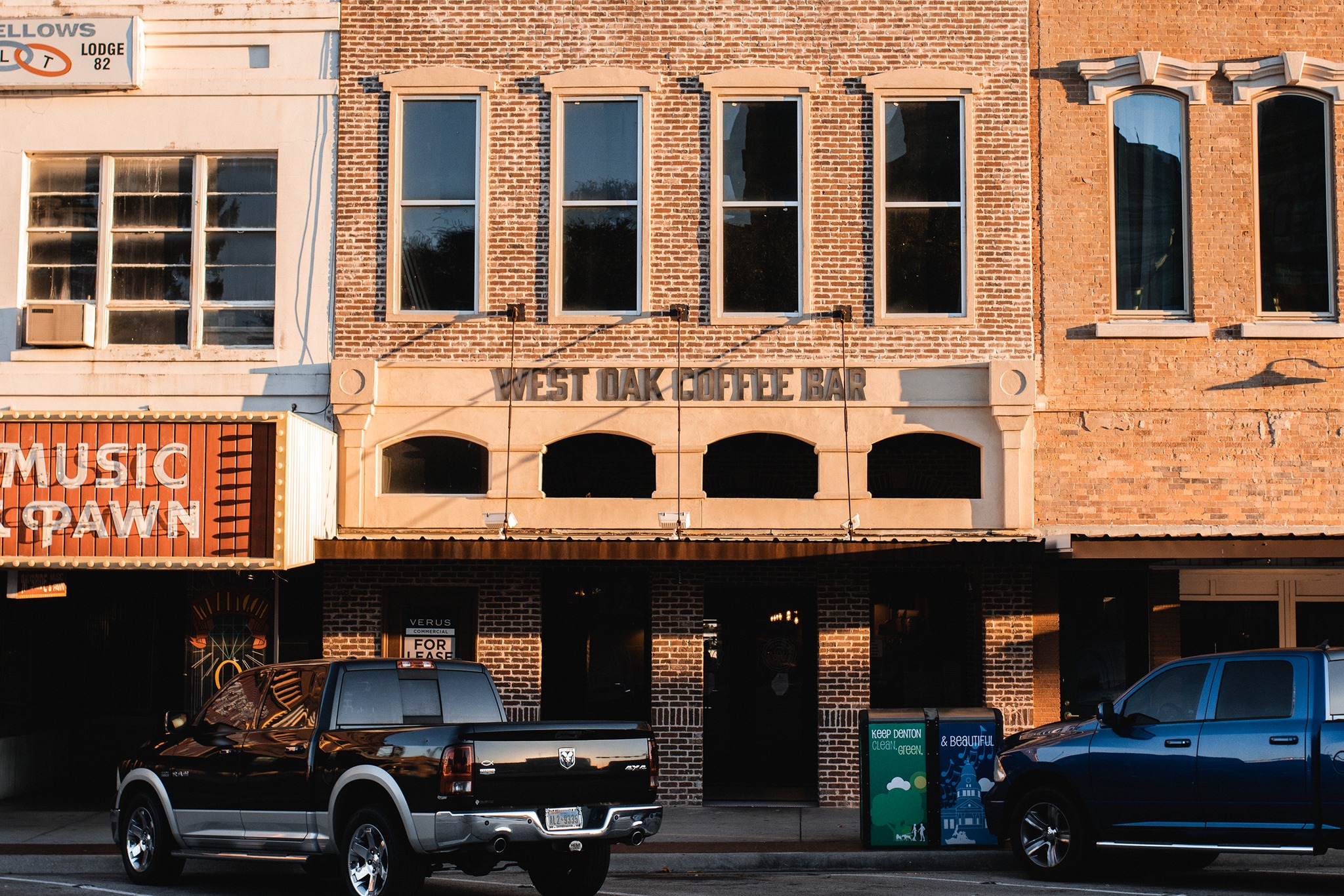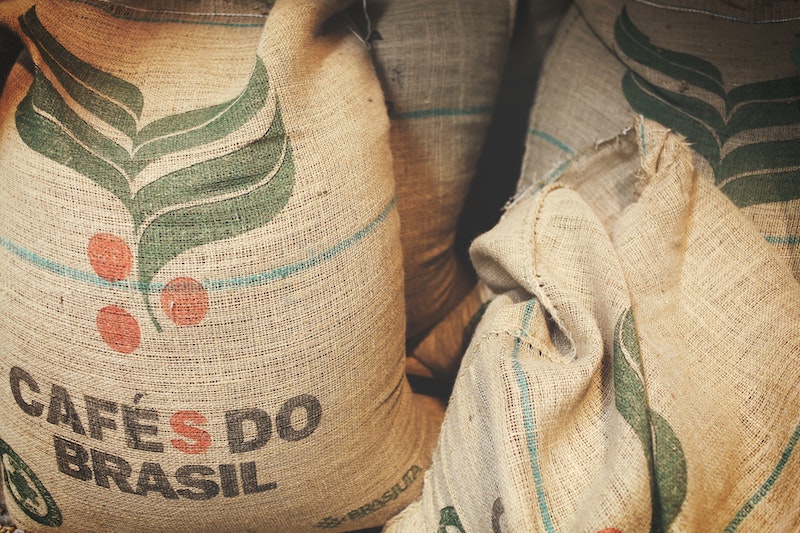How are coffee sludge formed? Is there a difference between coffee sediment and sludge? well, both terms are different and exactly what they sound like.
Coffee particles left in the coffee that have not completely dissolved or failed to escape from the filter are known as coffee sludge. while the sticky, oily substance you see at the bottom of your cup is sometimes (or all the time) known as coffee sludge.
Reading: Coffee sludge at bottom of cup keurig
Now, although they are two different things, in most cases, they are directly related.
Coffee sediment left in your cup gradually dissolves or disintegrates as it secretes coffee oils and forms the bitter, slippery substance we call sludge. therefore, essentially sediment equals mud, and if you get rid of the sediment, you get rid of the mud.
However, it’s never that easy, right? coffee sludge does not always come from coffee grounds; it can also occur due to an excess of bitter coffee oils secreted by its beans or pre-ground.
I don’t know about you, but most of the time, this is the type of coffee sludge I experience the most, usually when trying a new type of coffee. the result is pretty much the same either way: a dark brown oily liquid that sticks to the bottom of the glass and ruins the last sip every time.
why is there sediment in my coffee?
There are a wide variety of reasons for sediment to collect at the bottom of your glass and turn into sediment, regardless of the brewing method you’re using.
Let’s first discuss what exactly causes sludge to form and why it happens in your preferred brew choice before going into detail on how you can get rid of it for good.
poor grind uniformity
One of the biggest culprits for coffee sludge and sludge is poor grind quality, which means coffee grounds are uneven in size, causing some to dissolve completely or accumulate in the filter and others remain there or escape. the filter and seeping into your drink.
If you don’t grind your coffee at home and buy pre-ground coffee (which can sometimes be ground unevenly, especially the much cheaper, low-quality brands) at the store, it can be common to see an oily film on the bottom of your glass.
this is also usually more common if you are using a blade grinder instead of a burr grinder which is much more consistent in its grind quality. For more details on my most recommended grinders, you can check out my article on the best grinders for oily beans.
low quality coffee beans
Coffee sediment at the bottom of the cup can also be a direct result of the quality of the coffee beans, not just the consistency of their grind.
Higher-quality, organic, and slightly more expensive coffee tends to be less acidic and milder in flavor, resulting in a delicious cup of coffee down to the last drop.
However, low-quality coffees from unknown brands can often be hit or miss. as they may not be as fresh or grown properly, causing them to secrete more bitter oils and acidic flavors when in contact with hot water.
They may also have other artificial flavor enhancers that can affect the flavor and amount of mud in your coffee. As I mentioned, cheaper low-quality pre-ground coffee beans also tend to be ground unevenly.
roasting method
Another reason related to coffee beans is the way the coffee beans are roasted. note that this does not relate to whether the beans are light, medium, or dark.
This is whether they are flame roasted or simmered.
Coffee beans that are flame roasted tend to secrete more of their oils, resulting in a burnt flavor and more coffee grounds.
Slow-roasted beans, on the other hand, have no burnt flavor or bitterness and are unlikely to leave sediment, as long as they are ground consistently and come from a good source.
water quality
There are also certain external reasons for coffee sludge that have nothing to do with the beans themselves.
If you live in an area where the water is hard (meaning high in minerals), you’re much more likely to see sediment at the bottom of your coffee cup.
This is because minerals like calcium in hard water bind to fatty acids in the coffee, making it easier for sludge to form. filtered water is better than hard water, but the best water to use for coffee is always spring water.
ineffective filters
See also: Quán cà phê ăn sáng ở Đà Nẵng: 11 quán ăn sáng cà phê ngon, chill
This is one of the main reasons for not only coffee sludge, but also sediment.
In the case of beverages such as French coffee or Turkish coffee, where a different mechanism is used to separate the coffee grounds, you have to be very careful about their quality.
If the paper filter or plunger you’re using isn’t effective, you’ll likely end up with a lot of sediment at the bottom of your cup that will slowly turn into bitter slime and completely ruin the last sip.
From personal experience, an ineffective filter coupled with an uneven grind is truly the worst combination for making coffee.
dirty coffee mechanism
Another reason for sediment, which most people tend to overlook, is dirty coffee pots or mechanisms. Sometimes if your machine or mechanism isn’t cleaned properly, coffee grounds stuck in the corners can start to release their bitter oils and ruin the flavor of your coffee.
On top of that, this also means there’s going to be a lot more sludge in your coffee than you’ve ever seen.
how to get rid of sludge in coffee
Most of the reasons I mentioned above are fairly easy to avoid or fix by choosing the right quality coffee beans and mechanisms, adding a filter to your water supply, and keeping your machine spotless.
However, sometimes it is more difficult than it seems. That’s why I’ve put together some detailed explanations and tips for getting rid of sediment from all kinds of coffee beverages.
In my experience, the only coffee drink in which I see coffee grounds more often is French pressed coffee.
sediment in french press coffee
This can happen if your French press uses a poor quality mesh for the plunger or if your plunger is faulty. It can also happen if the size of the coffee grind is uneven and some of the beans are too fine for the plunger to push them all the way down.
I don’t think I even need to explain what a combination of both can do to your coffee.
Also, you may not have realized this, but the way you submerge the coffee can also be to blame for the sludge you end up with.
However, there is no need to get so nervous. it’s pretty simple to beat the sludge in a french press coffee!
how to avoid sediment in french press coffee
Keeping in mind that you have consistent coarse ground coffee, the best way to prevent coffee grounds from ending up in your cup and turning into sediment while you enjoy your drink is to make sure you use quality equipment.
The quality of the French press can make or break your coffee. Before you start brewing your coffee, always make sure to check for plunger failure.
Another way to avoid sludge is to submerge the coffee gently and gradually. sometimes, if you dunk the liquid in a hurry, the force of the water can force some of your grounds to escape through the filter and seep into your coffee, even if they’re solid.
also pour the coffee gently, so you don’t disturb any coffee stuck at the bottom and invite any coffee grounds into your cup.
When making French press coffee, always remember the basic rule: ground coffee will always sink to the bottom. so as long as you don’t stir the settled coffee too much, it won’t rise to the top and end up in your cup.
coffee grounds sink into the french press
One way to make sure all of the coffee settles before submerging it is to give it a quick stir. this way you will be able to visibly see the coffee grounds settling to the bottom and notice the rogues still floating around.
then gently submerge your coffee, let it percolate, and enjoy a sediment-free cup.
how to filter french press coffee
if you follow those steps and you still have some sediment left in your french press, you can always use a double filter. as you pour your coffee from the french press into your cup, simply use a fine mesh strainer to ensure you catch the last of the coffee grounds.
sediments at the bottom of cold coffee
It is quite common to have coffee sediment in your cold brew, because sedimentation is an integral part of your brewing process.
See also: The 16 Best Places to Get Coffee in Spokane
To make a cold brew, you’re supposed to steep the coffee in room temperature water for 18-24 hours. once all the coffee flavors have been extracted into the water, it filters the coffee, which is key when it comes to sediment.
how to filter cold coffee
Remember that coffee grounds sink in water, so whatever you do, don’t touch the bottom half of the bottle or container. when filtering, move gently and pour the liquid slowly. I would recommend filtering cold brew at least 2-3 times to ensure no coffee remains in the drink.
if you make cold coffee regularly using the same bottle or container, always make sure they are very clean and that there is no coffee left at the bottom.
ninja coffee pot sludge
If you’re a ninja coffee maker user, there’s good news and bad news.
The good news is that the coffee pot itself rarely adds to the sludge, but the bad news is that to avoid sludge altogether, you have to be very careful about the coffee you use, the shape of your soil, the quality of your water supply, and your cleaning habits.
The most essential key to avoiding sludge with a ninja coffee maker is to make sure you grind as coarse as possible – finer coffee grounds tend to clog the brewer and produce sludge. .
Now, I’ve already mentioned most of these reasons. so I’ll just say this, as long as you follow the tips above, you’ll rarely see sludge at the bottom of your ninja coffee mug.
reusable k-cup sediment
For all of you who have used a reusable k-cup, you may have noticed an almost powdery, slimy sludge in the bottom of your cup every time.
this is completely normal and unfortunately the mechanism is such that there is very little you can do about it. you can try to increase the grind size to the maximum you can find or get with your own grinder and that will significantly reduce the amount of sludge.
although there are tried and tested reusable k-cups that do not allow sediment to pass through. From all the research I’ve done, the reusable k-cup from ipartsplusmore (more details on amazon) seems to be the best out there specifically for preventing coffee grounds.
pour over coffee mud
The pour-over method is quite a bit simpler than a French press, except instead of using a specific mechanism, you can do it with just a filter and cup.
however, this also means there is a much greater chance of sediment escaping and infiltrating the coffee.
To avoid seeing that bitter slime ever again in your cup of coffee, always use a consistent coarse grind, the coarser the better.
If you’re using a filter (paper or fine mesh), make sure it’s the absolute best on the market, and by that I mean it doesn’t allow any sediment to pass through.
If you’re really picky about sludge, you might want to run the coffee through a filter two or more times.
If you normally let your coffee sit for a bit before pouring it into the cup, be sure to do it carefully. If you do this in a hurry, the coffee that has settled at the bottom of the pot is likely to shift and move with the water into the cup.
final thoughts
I hope the tips and explanations I gave you will help you win your battle against coffee sludge. however, if for some reason that’s not in your control, you still end up with that bitter slime at the bottom of your cup, don’t worry too much.
A fantastic tip I recently found online was that coffee grounds make an amazing coffee ice cream or ice cream topping.
Who would have thought that?
I guess what they say is correct, “if you can’t beat them, join them!”.
Next time I see that unnerving slime as I’m taking my last sip, I’ll definitely try making some ice cream out of it.
If you’ve already tried it, or end up trying it before I do, don’t forget to share your experience with all of us here. Until then, I hope you can keep the mud off.





